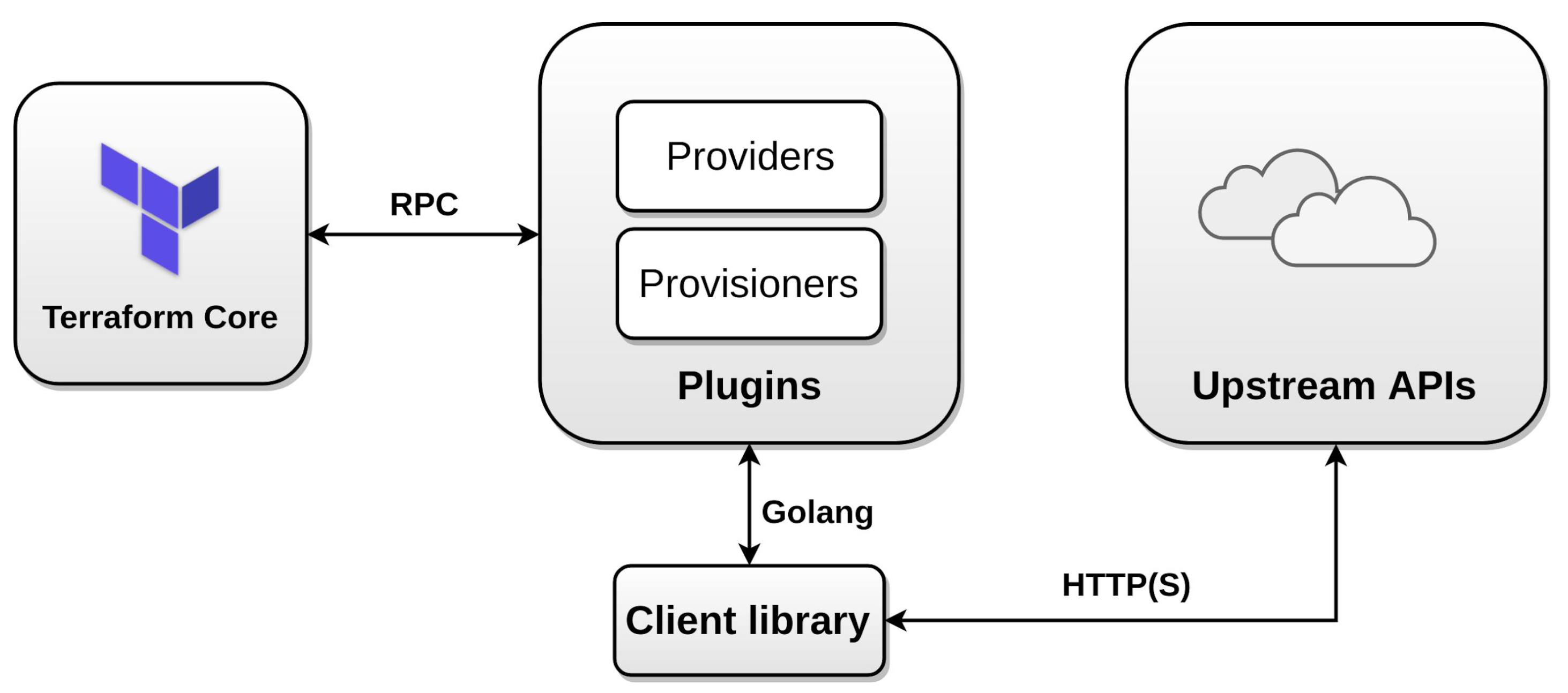Terraform: Beyond Cross-PaaS Configuration Management
Terraform is a powerful infrastructure as code (IaC) tool that can manage a wide range of cloud platforms, including PaaS (Platform as a Service) providers. While it’s primarily known for its ability to configure and provision resources across different cloud environments, its capabilities extend far beyond PaaS.
Key Features and Benefits of Terraform
- Infrastructure as Code: Terraform allows you to define and manage your infrastructure using declarative configuration files written in the HCL (HashiCorp Configuration Language).
- Multi-cloud Support: Terraform supports a vast array of cloud providers, including AWS, Azure, GCP, and many others. This enables you to manage infrastructure across multiple clouds or even within a single cloud environment.
- State Management: Terraform maintains a state file that tracks the current configuration of your infrastructure. This allows you to easily manage changes, rollbacks, and dependencies.
- Modularity: Terraform’s modular approach enables you to create reusable modules, promoting code reusability and maintainability.
- Version Control: By using version control systems like Git, you can track changes to your infrastructure configuration and collaborate with others.

Terraform and PaaS
While Terraform can be used to manage PaaS resources, its capabilities extend beyond that. Here are some key use cases:
- Hybrid Cloud Environments: Terraform can help you manage a hybrid cloud setup, combining PaaS with IaaS (Infrastructure as a Service) or on-premises infrastructure.
- Multi-cloud Deployment: If you have applications running on multiple PaaS providers, Terraform can help you manage and coordinate their deployment and configuration.
- Custom Infrastructure: Terraform allows you to create custom infrastructure components that can be used in conjunction with PaaS services.
- Automation: Terraform can automate many infrastructure tasks, such as provisioning resources, configuring networks, and deploying applications.
In essence, Terraform is a versatile tool that can be used to manage a wide range of infrastructure, including PaaS environments. Its ability to handle multiple clouds, automate tasks, and maintain state makes it a valuable asset for organizations of all sizes.















